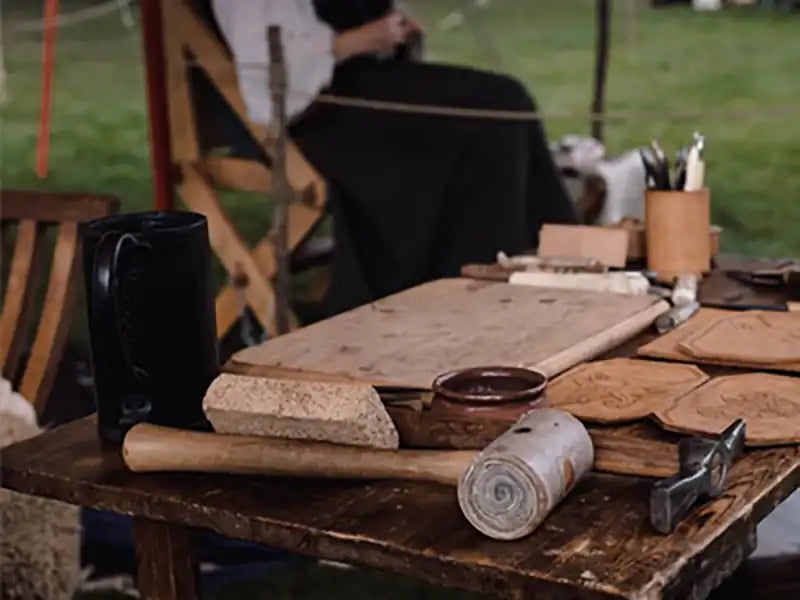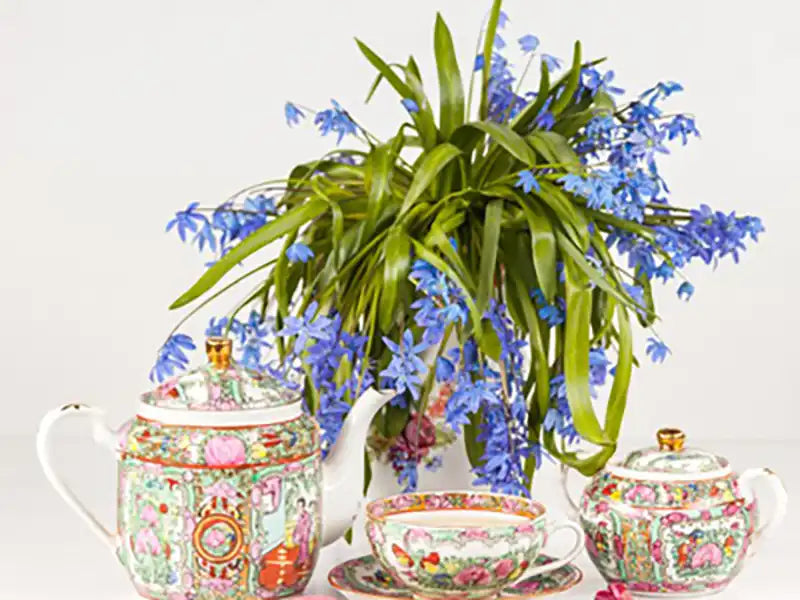Tasmanian Oak timber is a fascinating material known for its exceptional qualities, stunning aesthetics, and sustainability. Derived from three distinct Eucalyptus species, this hardwood timber boasts a remarkable range of applications across various industries.
In this article, we will delve into the unique characteristics of Tasmanian Oak and explore its diverse applications.
An Overview of Tasmanian Oak Timber
Tasmanian Oak timber originates from three Eucalyptus species: Eucalyptus regnans, Eucalyptus obliqua, and Eucalyptus delegatensis. These trees are native to the cool temperate rainforests of Tasmania, an island state of Australia. The timber is highly sought after for its remarkable strength, durability, and beautiful appearance.
Aesthetics and Visual Appeal
Tasmanian Oak timber exhibits a pale straw to light reddish-brown color, complemented by a subtle grain pattern and occasional gum veins. These characteristics give it a timeless, elegant appeal, making it a popular choice for both contemporary and traditional designs. From flooring to furniture, Tasmanian Oak adds warmth and sophistication to any space.
Applications of Tasmanian Oak Timber
Furniture and Cabinetry
Tasmanian Oak is widely used in the furniture industry due to its ease of workability and versatility. Craftsmen appreciate its straight grain, which allows for clean cuts and smooth finishes. We have range of solid timber bookshelf made of tassi oak, contact us for more info.
From dining tables to chairs, Tasmanian Oak creates durable and aesthetically pleasing pieces. Additionally, its light color allows for various staining and finishing options, making it a flexible choice for any interior style.
Flooring and Joinery
When it comes to flooring, Tasmanian Oak offers a combination of durability and visual appeal. Its hardness and resistance to wear make it suitable for high-traffic areas. With its light and airy color, Tasmanian Oak brightens up spaces and creates a sense of openness. Furthermore, it is a popular choice for joinery, including doors, window frames, and moldings, due to its stability and workability.
Architectural and Interior Design Applications
Tasmanian Oak is a favorite among architects and interior designers for its ability to enhance the aesthetics of a space. It is used for wall paneling, ceilings, staircase balustrades, and other architectural elements. The timber's natural beauty provides a timeless and inviting ambiance, making it a popular choice in both residential and commercial projects.
Musical Instruments and Craftsmanship
Tasmanian Oak timber's acoustic properties and strength make it a favored choice for crafting musical instruments. From guitars to violins, the timber's resonance and tonal qualities contribute to the richness of sound produced by these instruments. Additionally, Tasmanian Oak is widely used in crafting specialty items such as cutting boards, bowls, and turned objects due to its workability and natural appeal.
Sustainability and Environmental Benefits
Tasmanian Oak timber is sourced from responsibly managed forests in Tasmania, adhering to strict environmental regulations. The industry promotes sustainable forestry practices, including replanting and conservation efforts, ensuring the longevity of this valuable resource. Choosing Tasmanian Oak supports the conservation of biodiversity and contributes to the reduction of carbon emissions.
Tasmanian Oak timber stands out as a versatile and sustainable material that offers both functional and aesthetic benefits. Its exceptional strength, elegant appearance, and range of applications make it a valuable choice across various industries.
From furniture to flooring, architectural elements to musical instruments, Tasmanian Oak continues to captivate designers, craftsmen, and homeowners alike. By incorporating this remarkable timber into your projects, you not only embrace its beauty but also contribute to a sustainable future.






